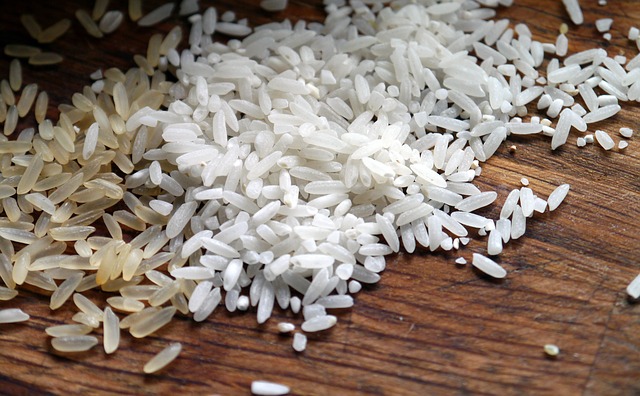Enzyme Replacement Therapy for Pompe Disease Could Be Derived From Rice, Study Suggests

A research team in Korea has developed a new method using rice to produce lab-made human acid alpha-glucosidase (GAA) for the treatment of Pompe disease.
Their findings were published in the study, “N-glycan Remodeling Using Mannosidase Inhibitors to Increase High-mannose Glycans on Acid α-Glucosidase in Transgenic Rice Cell Cultures,” in the journal Scientific Reports.
Pompe disease is caused by genetic mutations in the GAA gene — which provides instructions for making the GAA enzyme — leading to impaired or complete loss of this enzyme. Enzyme replacement therapy (ERT) is the only effective treatment available for patients with this rare disease.
With ERT, patients receive a man-made version of GAA. This restores the normal glycogen metabolism that was previously faulty, and prevents the toxic accumulation of this compound and its intermediates in cells and tissues.
Lumizyme (alglucosidase alfa), developed by Sanofi Genzyme, is the only approved ERT for Pompe disease available in the U.S. This ERT product is marketed under the brand name Myozyme outside the U.S.
The standard method to produce the recombinant (lab-made) human GAA (rhGAA) for ERT uses a genetically engineered cell line, the CHO cells. However, this particular method may have some limitations given the increasing worldwide demand for this engineered enzyme and other similar therapies.
Plant cell culture systems have gained increasing attention as a next-generation recombinant protein production platform. They have several benefits including animal-free production, cost-effective bioprocessing, and the application of Current Good Manufacturing Practices. Still, some differences between plant and human protein production and processing “represent a major challenge to the practical use of plant protein-production systems,” according to the researchers.
Therefore, these researchers in Korea developed a new method that allows the production of rhGAA in rice that was genetically engineered.
Using two specific chemical inhibitors — kifunensine and swainsonine — the team was able to regulate some metabolic processes in rice cells that would promote the production of functional rhGAA. Importantly, when the researchers compared the purified rice-derived rhGAA with Myozyme, they confirmed that both had similar enzymatic (biological function) activity.
Based on these findings, the team believes that optimized culture of rice cells using specific inhibitors “can offer more rapid and flexible operating space” compared with genetic modulation, “rendering economic benefits in the rice cell culture process development.”






